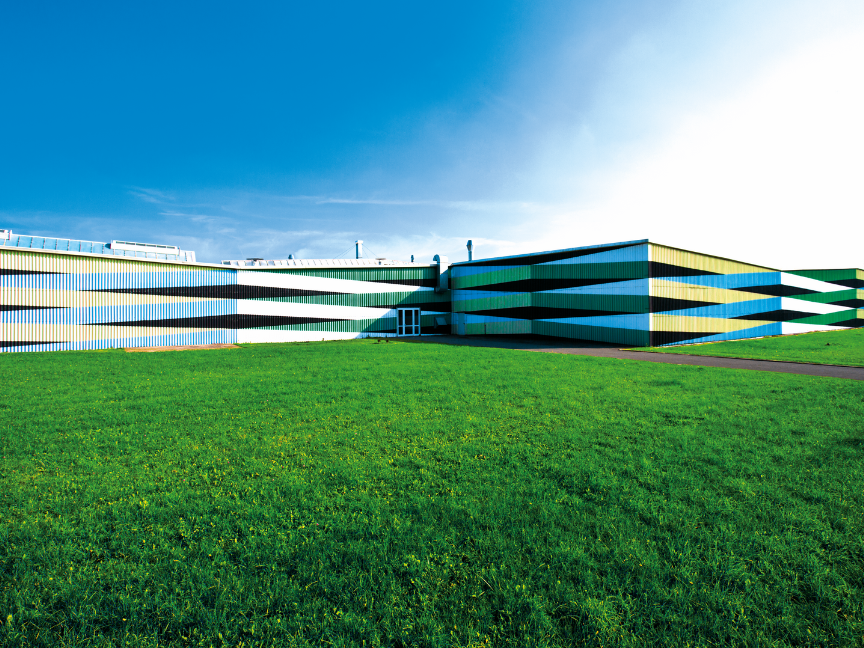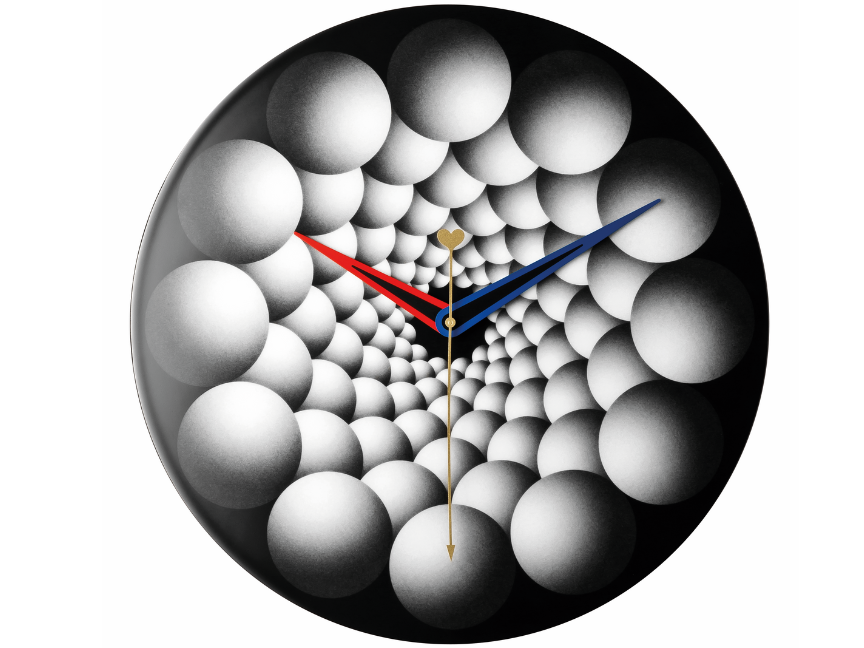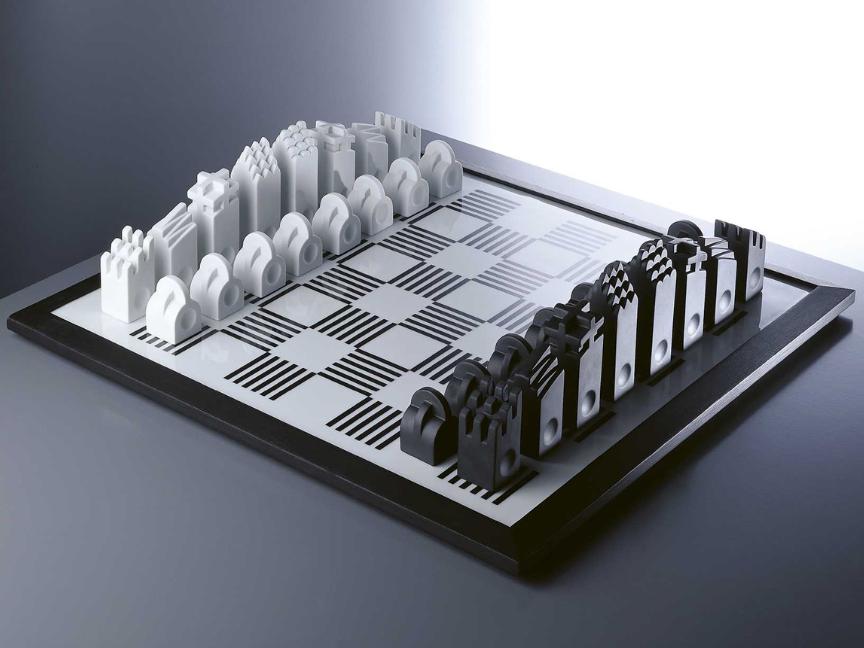Marcello Morandini and Rosenthal
from vase collections to architectural projects
Marcello Morandini is one of the most influential designers with whom Rosenthal has worked since 1979. His black and white, geometric patterns can be found in Rosenthal vases, chess pieces and architectural projects. With works such as the Italian Journey collection or the façade design of the Rosenthal factory in Selb, he brought an avant-garde, mathematically precise aesthetic to the brand's design.
Born in 1940 in Mantua, Italy, Morandini studied in Milan and founded his own studio in 1962. He gained international recognition through exhibitions in Venice and New York. His work combines art, architecture and design in a unique, constructivist design vocabulary.



